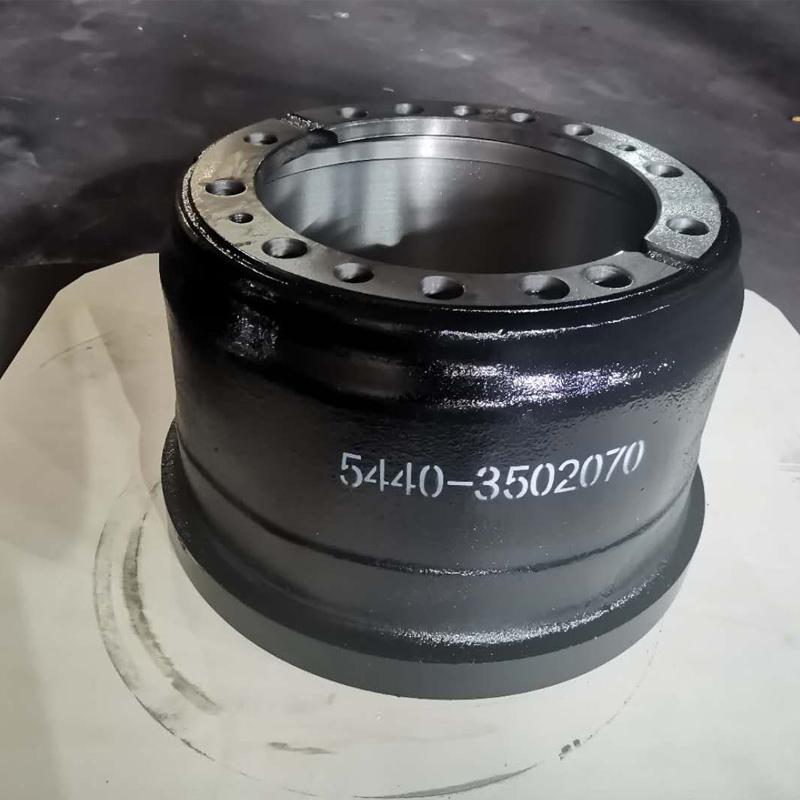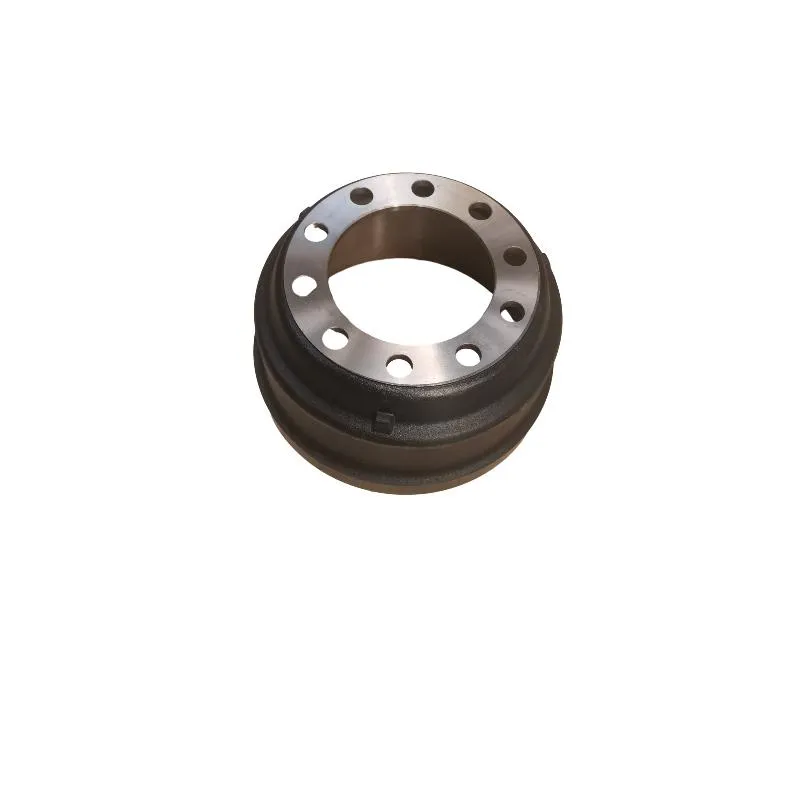Jan . 09, 2025 11:20 Back to list
Exploring Different Types of Brake Drums Comprehensive Guide
Brake drums are a critical component in the automotive braking system, often overshadowed by the more commonly discussed brake discs. However, understanding the various types of brake drums and their unique applications is essential for both automotive professionals and enthusiasts who are focused on optimizing vehicle performance and safety.
Lighter and non-traditional materials have also found a place in specialized brake drum designs. Carbon composite brake drums, for instance, provide exceptional strength-to-weight ratios and unparalleled thermal performance. These are primarily used in aerospace and specialty automotive applications where the benefits justify the high cost. Carbon composite drums offer excellent corrosion resistance and longevity, but their application is often constrained by the significant investment required for manufacturing and maintenance. In addition to material variations, brake drums are also categorized based on their manufacturing techniques, such as single-piece and multi-piece designs. Single-piece brake drums are molded into shape as one solid structure, providing uniform strength and reliability. Multi-piece designs, by contrast, allow for the replacement of individual components, such as the drum face or hub, potentially reducing maintenance costs and extending the overall lifespan of the drum assembly. Choosing the right type of brake drum involves considering various factors vehicle type, intended use, and budget. Trucks and heavy-duty vehicles may benefit from the robust qualities of traditional cast iron, while racing and high-performance vehicles will likely derive greater advantages from ceramic or composite materials. For everyday consumer vehicles, composite drums offer a balanced approach, providing improved efficiency without compromising on performance or cost. Educating oneself on the specific benefits and limitations of each type of brake drum is vital for making informed decisions, whether it concerns routine maintenance, upgrading for performance, or engineering new vehicle platforms. Each type of brake drum has its distinct place in the automotive landscape, serving diverse needs and advancing the pursuit of efficient and reliable braking solutions. Through continuous innovation and technological advancements in brake drum design, the future promises even greater enhancements in vehicle safety and performance.


Lighter and non-traditional materials have also found a place in specialized brake drum designs. Carbon composite brake drums, for instance, provide exceptional strength-to-weight ratios and unparalleled thermal performance. These are primarily used in aerospace and specialty automotive applications where the benefits justify the high cost. Carbon composite drums offer excellent corrosion resistance and longevity, but their application is often constrained by the significant investment required for manufacturing and maintenance. In addition to material variations, brake drums are also categorized based on their manufacturing techniques, such as single-piece and multi-piece designs. Single-piece brake drums are molded into shape as one solid structure, providing uniform strength and reliability. Multi-piece designs, by contrast, allow for the replacement of individual components, such as the drum face or hub, potentially reducing maintenance costs and extending the overall lifespan of the drum assembly. Choosing the right type of brake drum involves considering various factors vehicle type, intended use, and budget. Trucks and heavy-duty vehicles may benefit from the robust qualities of traditional cast iron, while racing and high-performance vehicles will likely derive greater advantages from ceramic or composite materials. For everyday consumer vehicles, composite drums offer a balanced approach, providing improved efficiency without compromising on performance or cost. Educating oneself on the specific benefits and limitations of each type of brake drum is vital for making informed decisions, whether it concerns routine maintenance, upgrading for performance, or engineering new vehicle platforms. Each type of brake drum has its distinct place in the automotive landscape, serving diverse needs and advancing the pursuit of efficient and reliable braking solutions. Through continuous innovation and technological advancements in brake drum design, the future promises even greater enhancements in vehicle safety and performance.
Next:
Latest news
-
Scania Brake Drums: OEM Quality for Optimal Safety & Durability
NewsAug.16,2025
-
R.V.I: Advanced Remote Visual Inspection for Precision
NewsAug.15,2025
-
Discover HYUNDA: Innovative Vehicles, Equipment & Solutions
NewsAug.14,2025
-
R.V.I: Unlock Advanced Insights & Real-time Performance
NewsAug.13,2025
-
Kamaz Brake Drum: Durable & Reliable for Heavy Duty Trucks
NewsAug.12,2025
-
Heavy Duty Iveco Brake Drum - Premium Quality & Safety
NewsAug.11,2025
